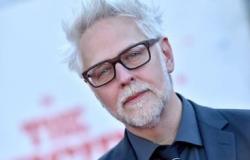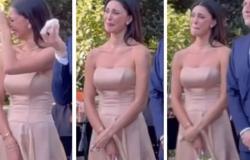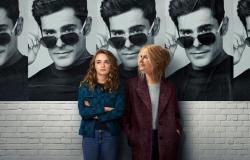TRIESTE – The Municipality acquires for a total of 25 thousand euros a large quantity of material relating to the work of Ugo Borsatti including photographs, cameras, slides and diaries which document the long activity of the great Trieste photographer and which will become part of the photo library municipal. The archive is currently present in Ugo Borsatti’s historic “Foto Omnia” shop. The initiative was presented in a press conference by the head of the municipal historical museums Stefano Bianchi, the head of the photo library of the Civic Museums of History and Art Claudia Colecchia and the maestro Ugo Borsatti accompanied by his family. The councilor for Culture and Tourism Policies Giorgio Rossi, unable to attend, sent a greeting.
The archive
In the municipal photo library there is already an archive dedicated to the photographer, purchased and deposited here by the CRTrieste Foundation in 2007 and including 350 thousand frames. In this way the entire heritage linked to the well-known Trieste photographer will be preserved in a single place and made available to the public. As Claudia Colecchia explained, Borsatti’s shop, Foto Omnia, has begun preparations for closure and the Superintendency of Archival Heritage of the Fvg Region visited the shop, declaring the cultural interest of the documentation. Following the declaration, the Municipality has in fact decided to acquire the Foto Omnia archive, which will also be digitized and cataloged on the platform of the Civic Museums of the Municipality of Trieste, available at: https://beniculturali.comune.trieste.it .
Life of Ugo Borsatti
Ugo Borsatti was born in 1927 and approached photography at a very young age. The first report created by the 16-year-old photographer, which dates back to 14 September 1944, captures a group of Italian soldiers prisoners of the Germans after the armistice proclaimed by Badoglio. Subsequently forced by the Germans to build trenches near Fiume, he manages to escape but, stopped by the partisans, he is deported to a Croatian forced labor camp in Delnice. Having also escaped from this place of torture, he returns to Trieste where, once the war is over, he will graduate from the Leonardo da Vinci Institute. He adapted to carrying out various jobs, including that of census taker between 1951 and 1952. On this occasion, he met his wife, Bruna Iaculin, whom he married in 1955. His first photographic studio was started in the house where he was born , in via Ginnastica 44, where, in 1952, he founded Foto Omnia. In May 1961, he moved to the shop in via Gatteri. During his long and prolific professional activity he will document places, faces, events, public and private moments in Trieste.





